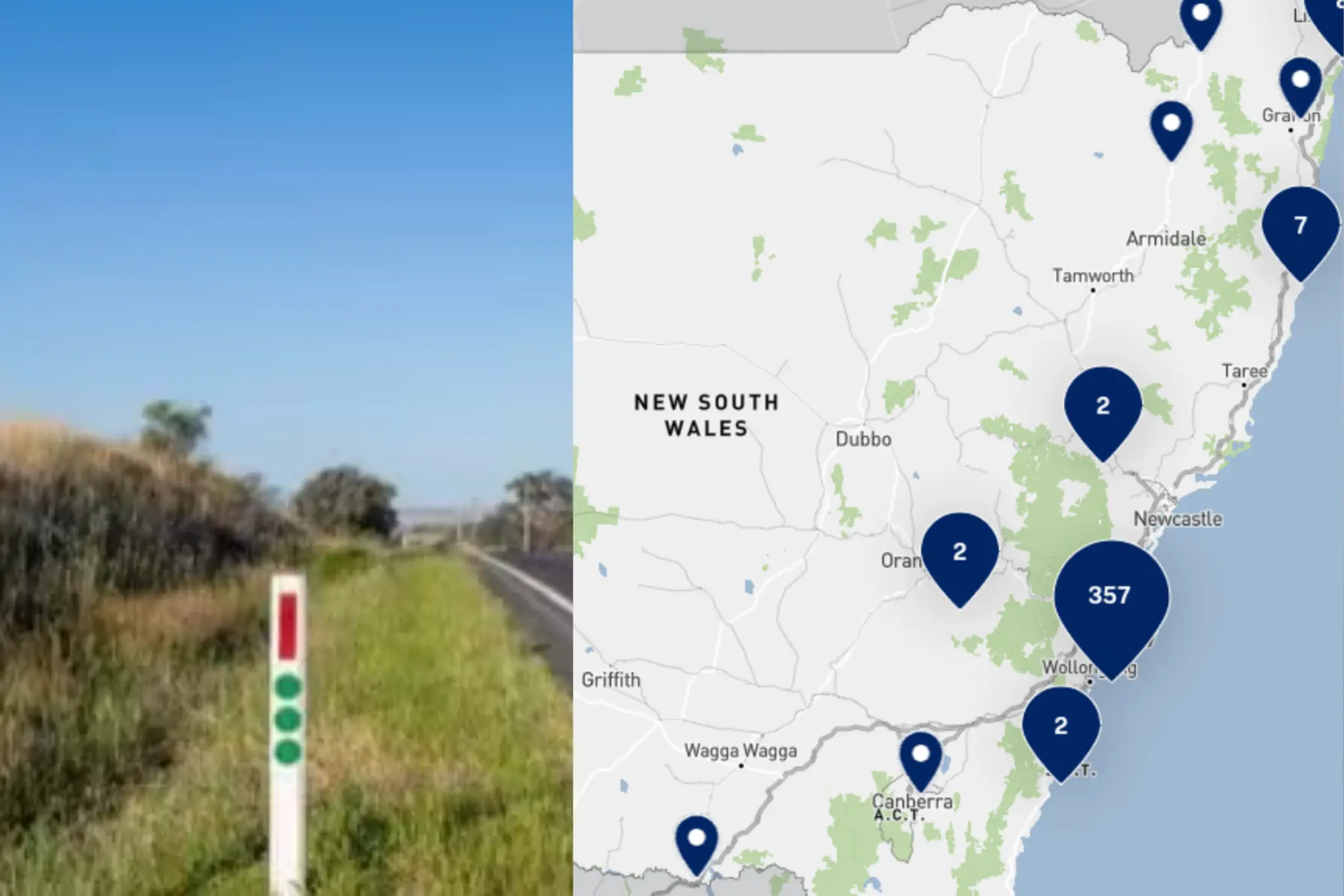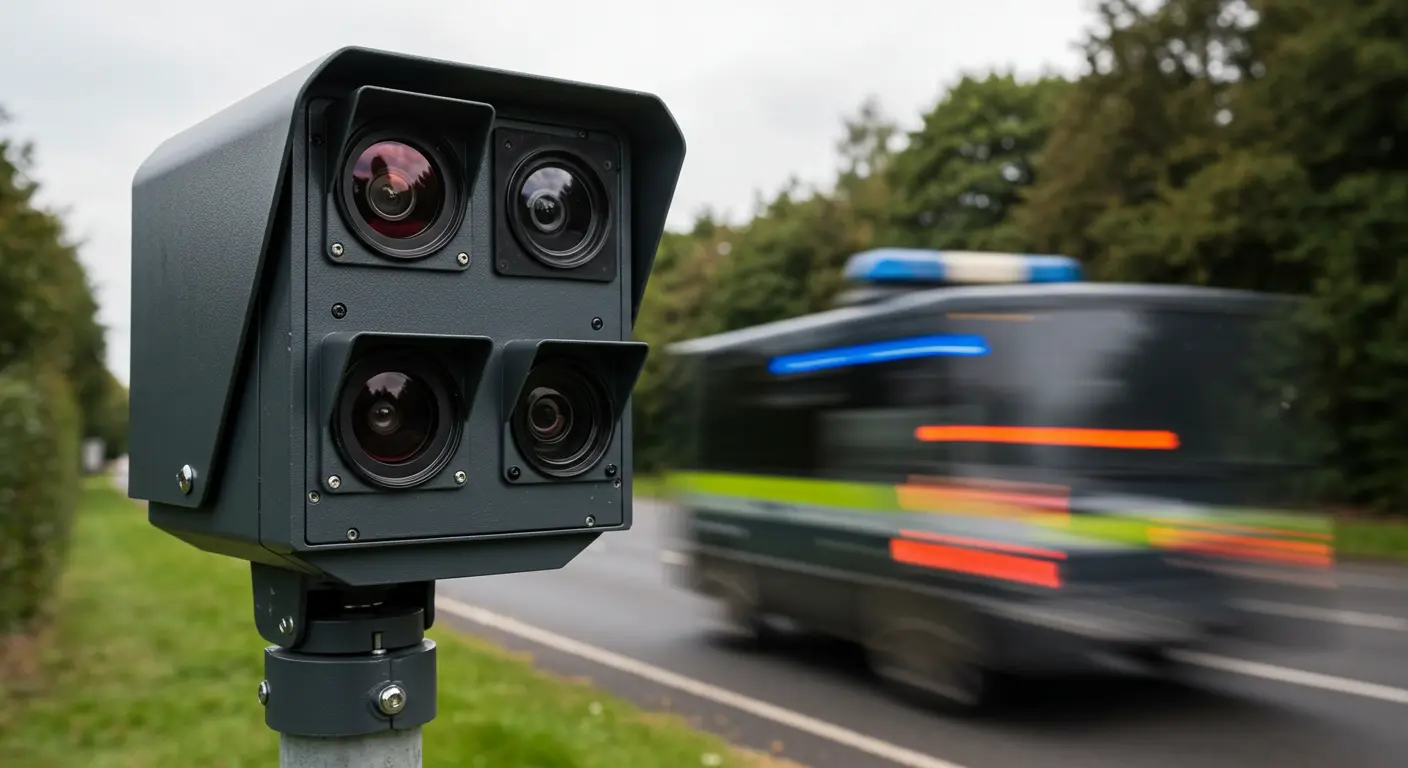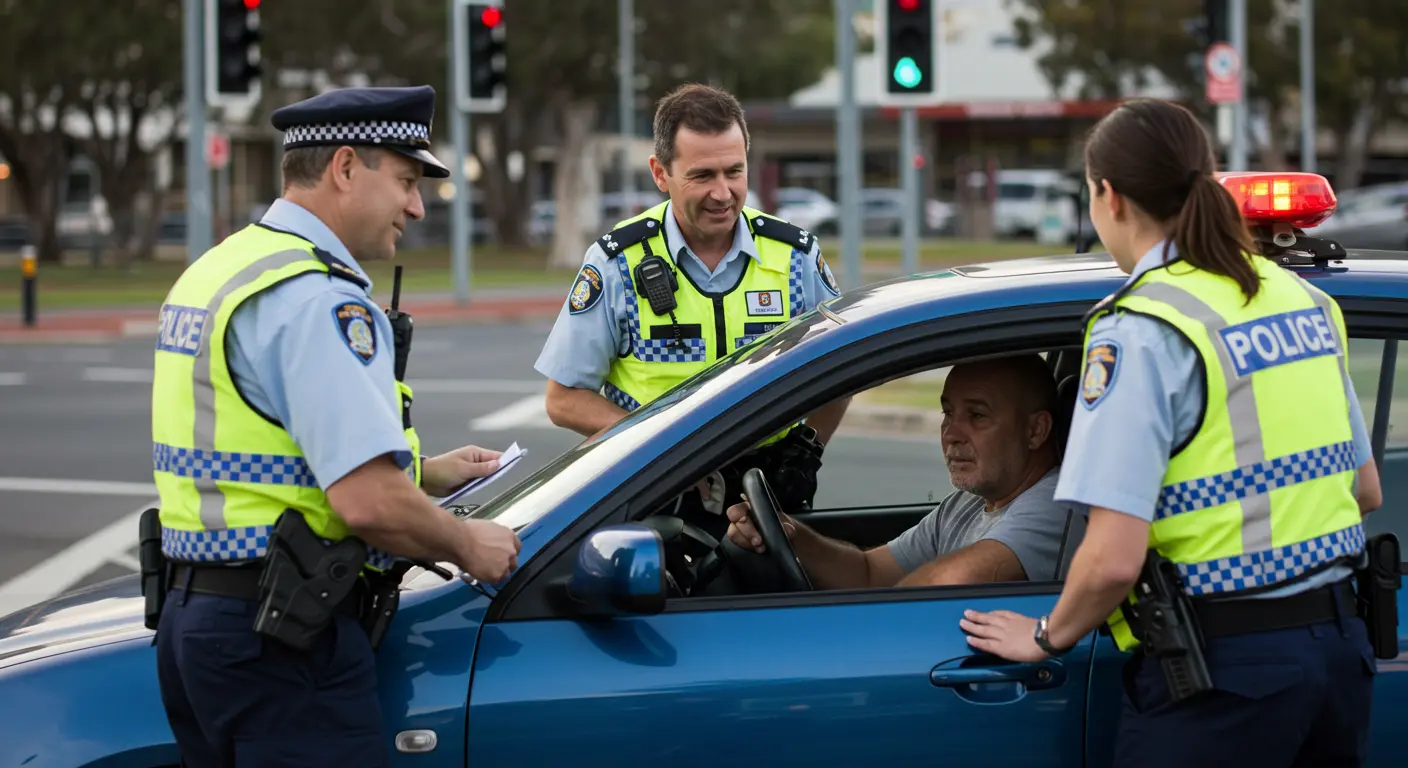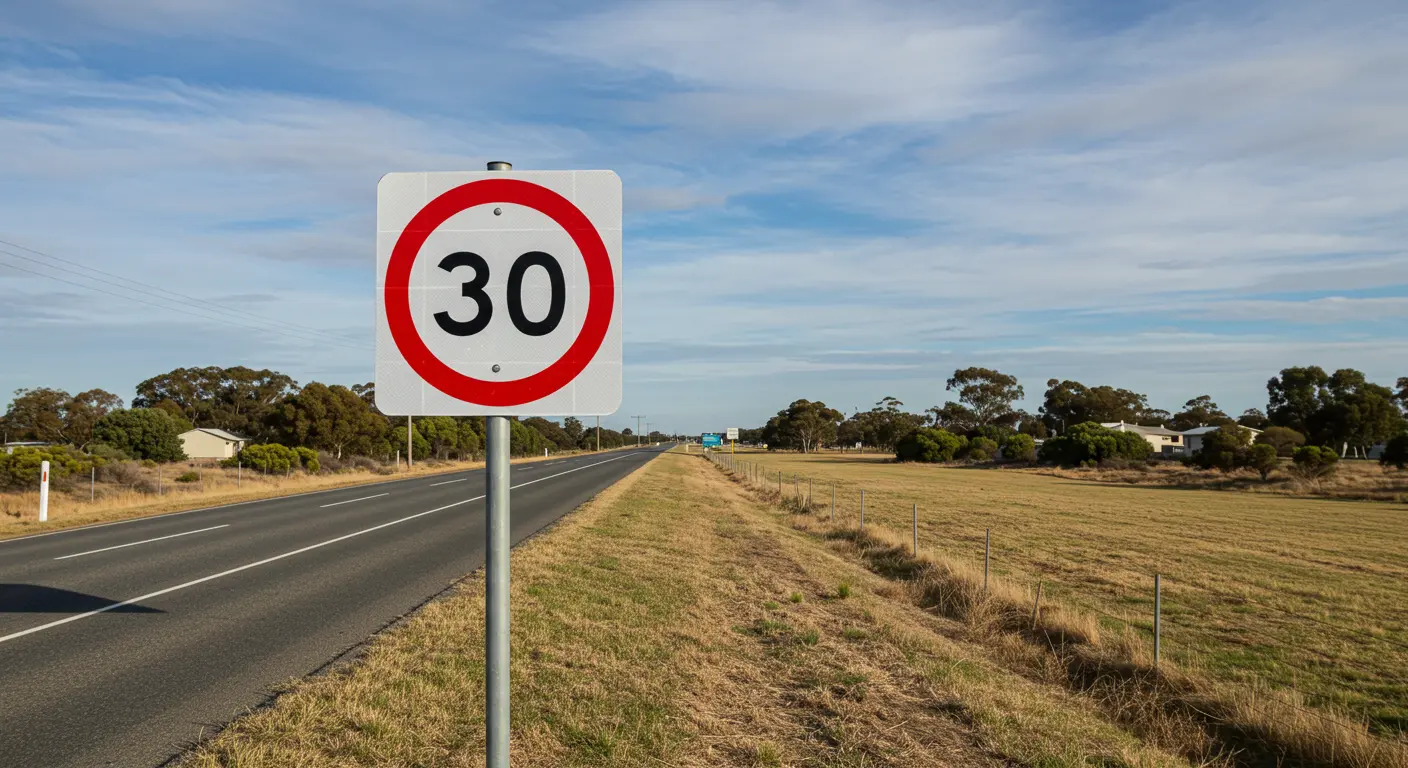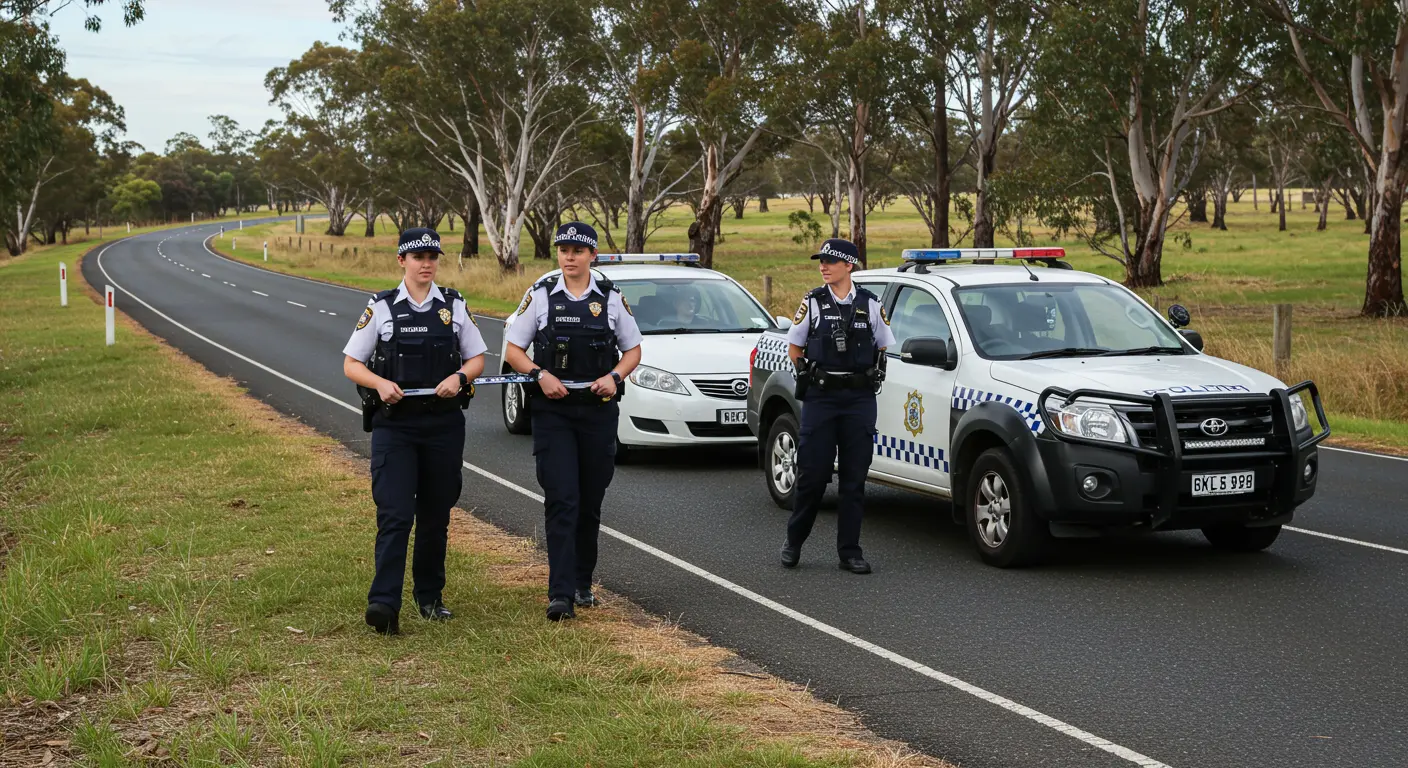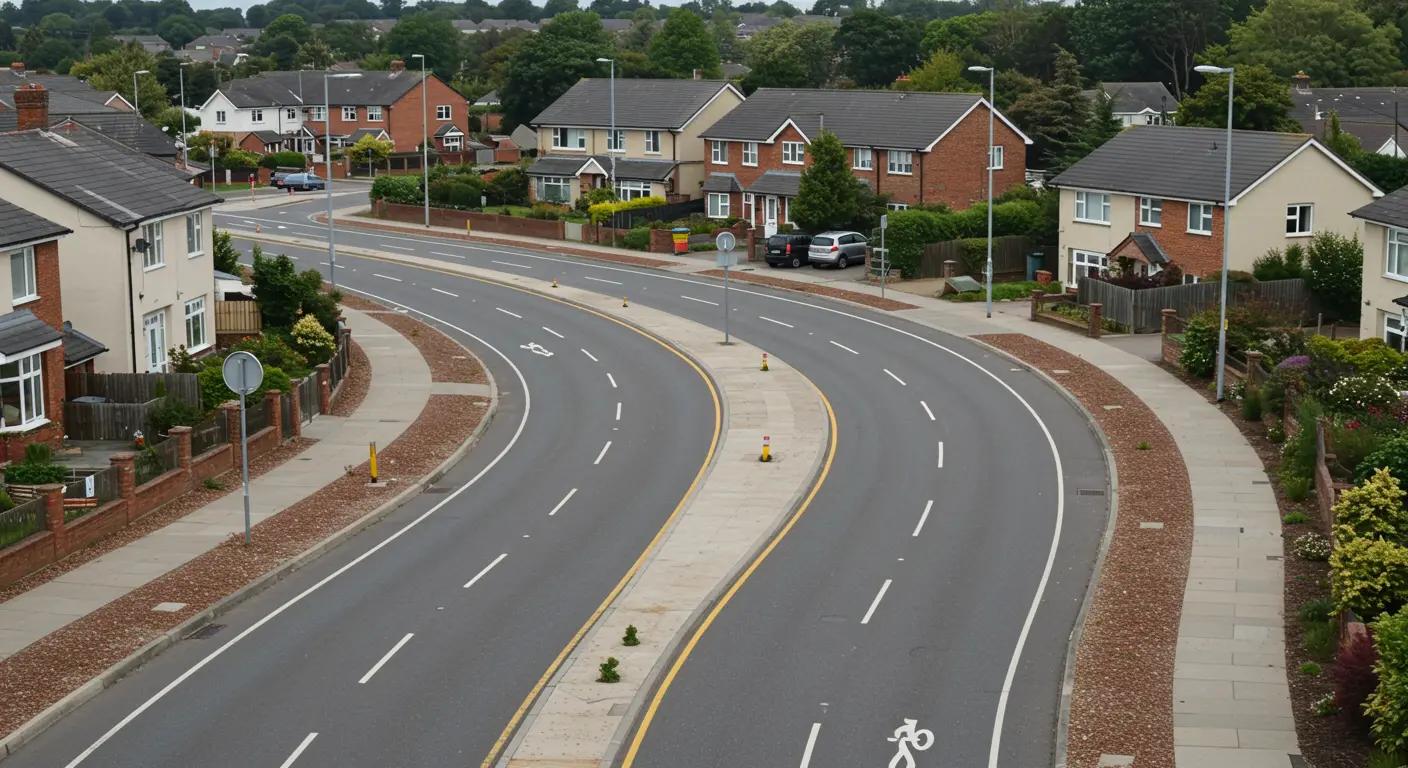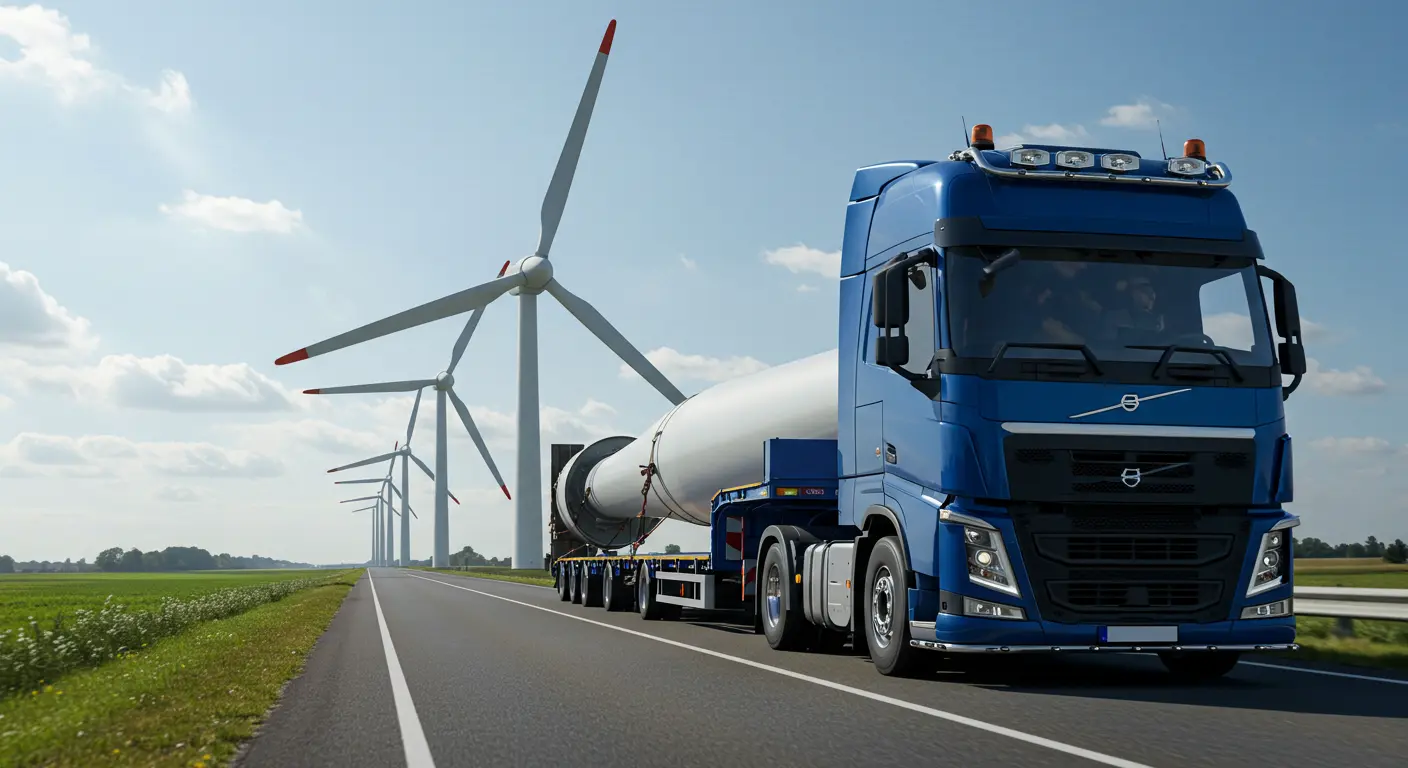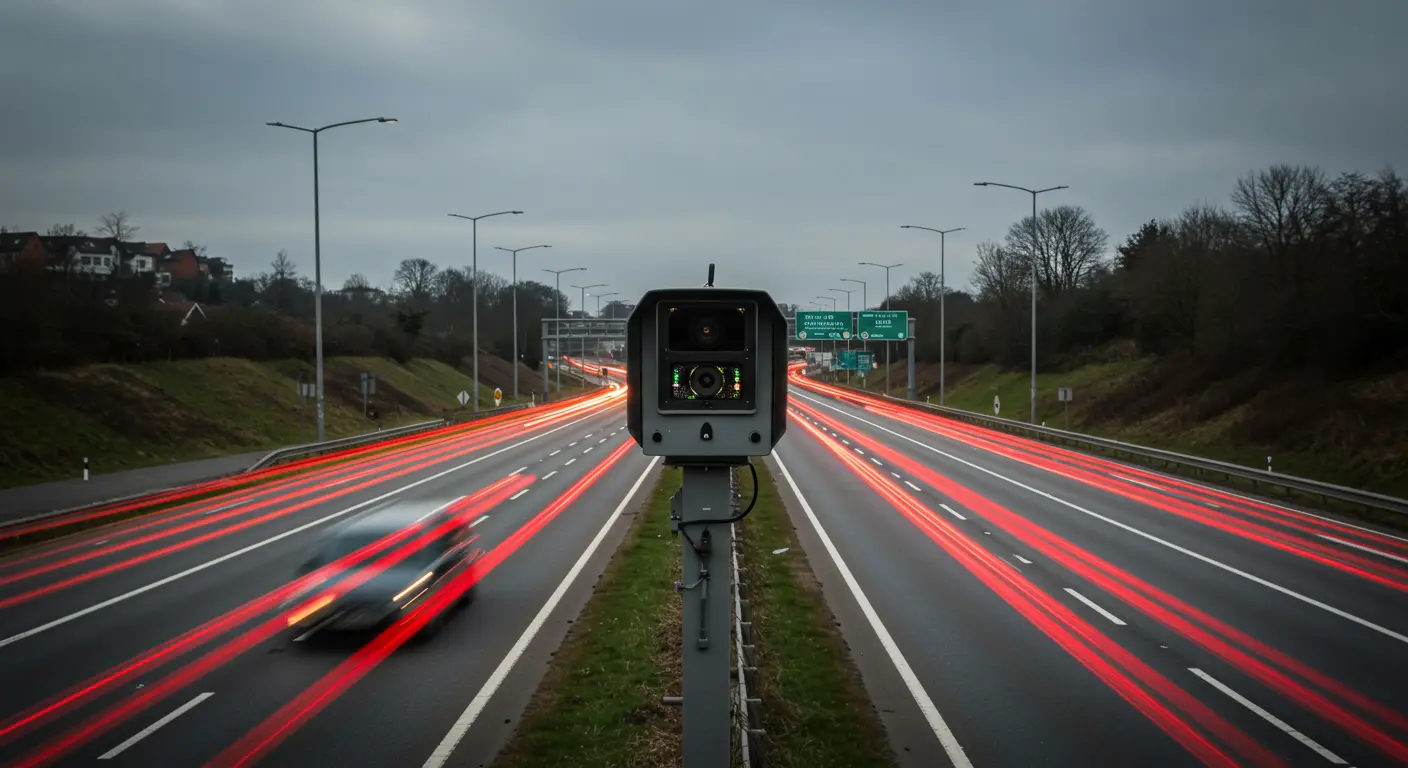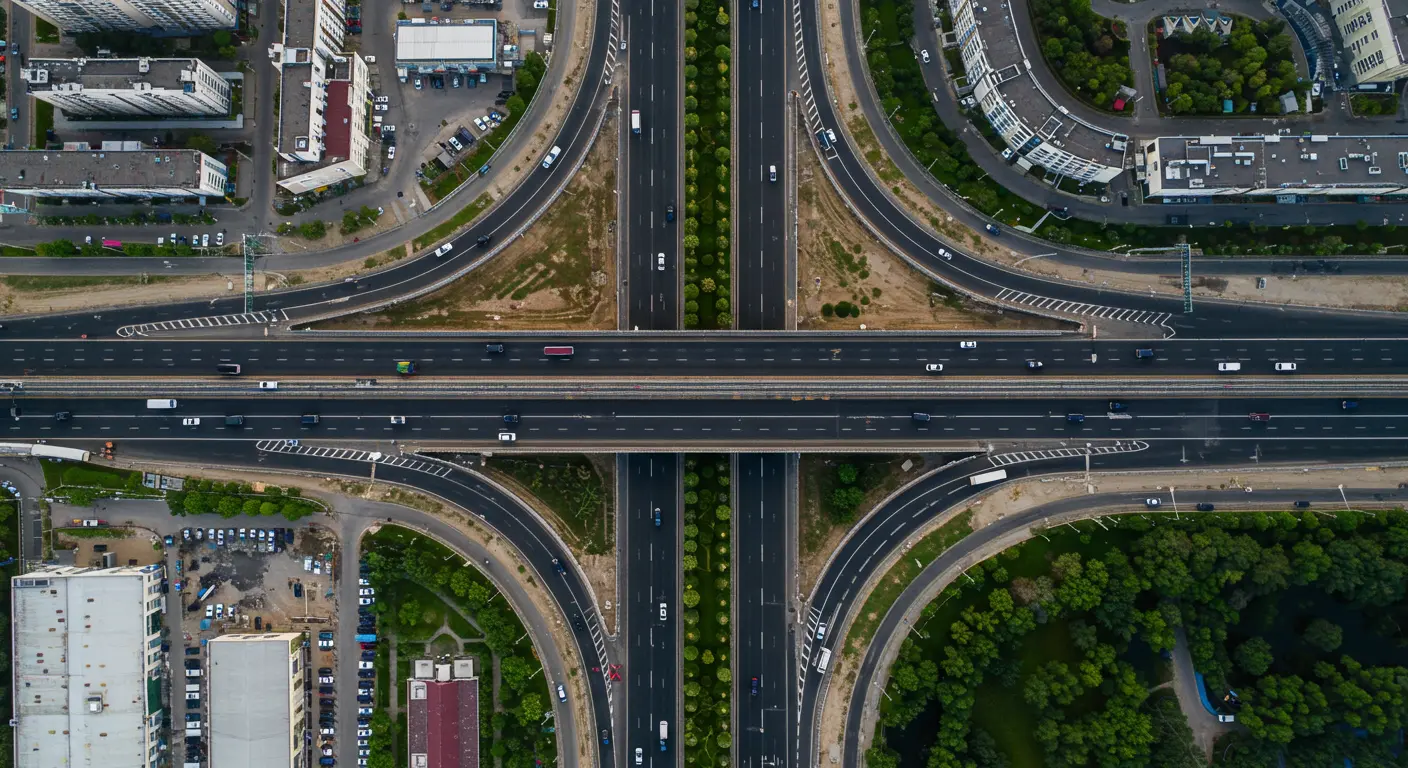The New South Wales (NSW) Government is rolling out a major shift in speed enforcement, extending average speed cameras to all vehicles in a trial beginning May 1, 2025. This initiative aims to improve road safety and reduce fatalities on key highways.
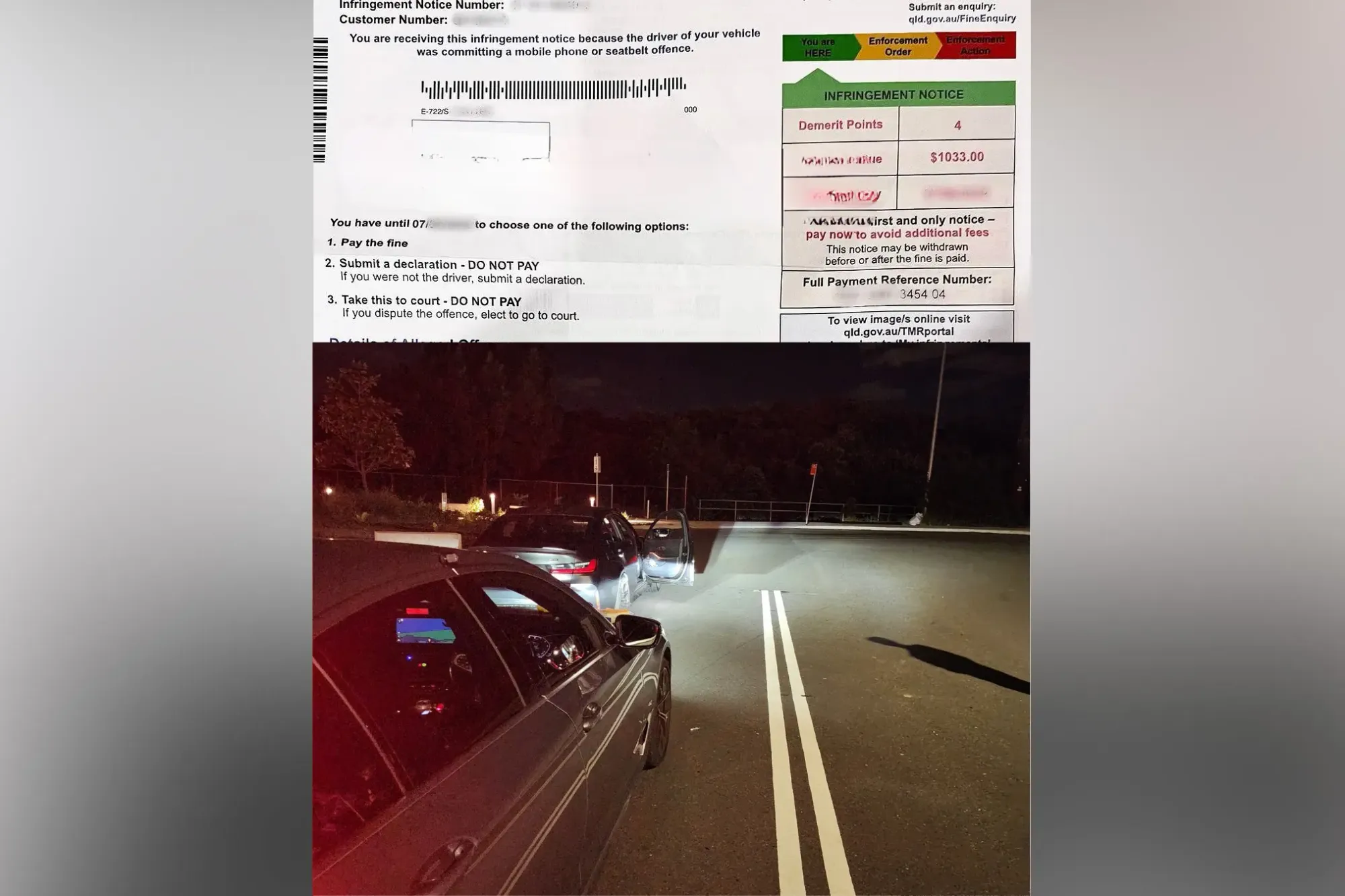
Why Is NSW Expanding Speed Camera Enforcement?
Until now, average speed cameras in NSW have only been used to monitor heavy vehicles. However, data from 2018 to 2022 reveals that nearly 80% of all fatalities and serious injuries on stretches monitored by these cameras involved light vehicles. This has prompted authorities to introduce a trial that will enforce speed limits for all motorists, bringing NSW in line with other Australian states.
Studies from countries such as Norway and the UK have shown significant reductions in road fatalities and serious injuries after implementing average speed cameras for all vehicles. By taking a similar approach, NSW hopes to curb reckless driving and enhance road safety.
Where Will the Trial Take Place?
The trial will cover two critical highway sections:
- Pacific Highway: A 15km stretch between Kew and Lake Innes (Port Macquarie)
- Hume Highway: A 16km stretch between Coolac and Gundagai
These locations were chosen due to their history of severe accidents, with six recorded fatalities and 33 serious injuries between 2018 and 2022. The government believes that enforcing speed limits across longer distances will encourage safer driving habits.
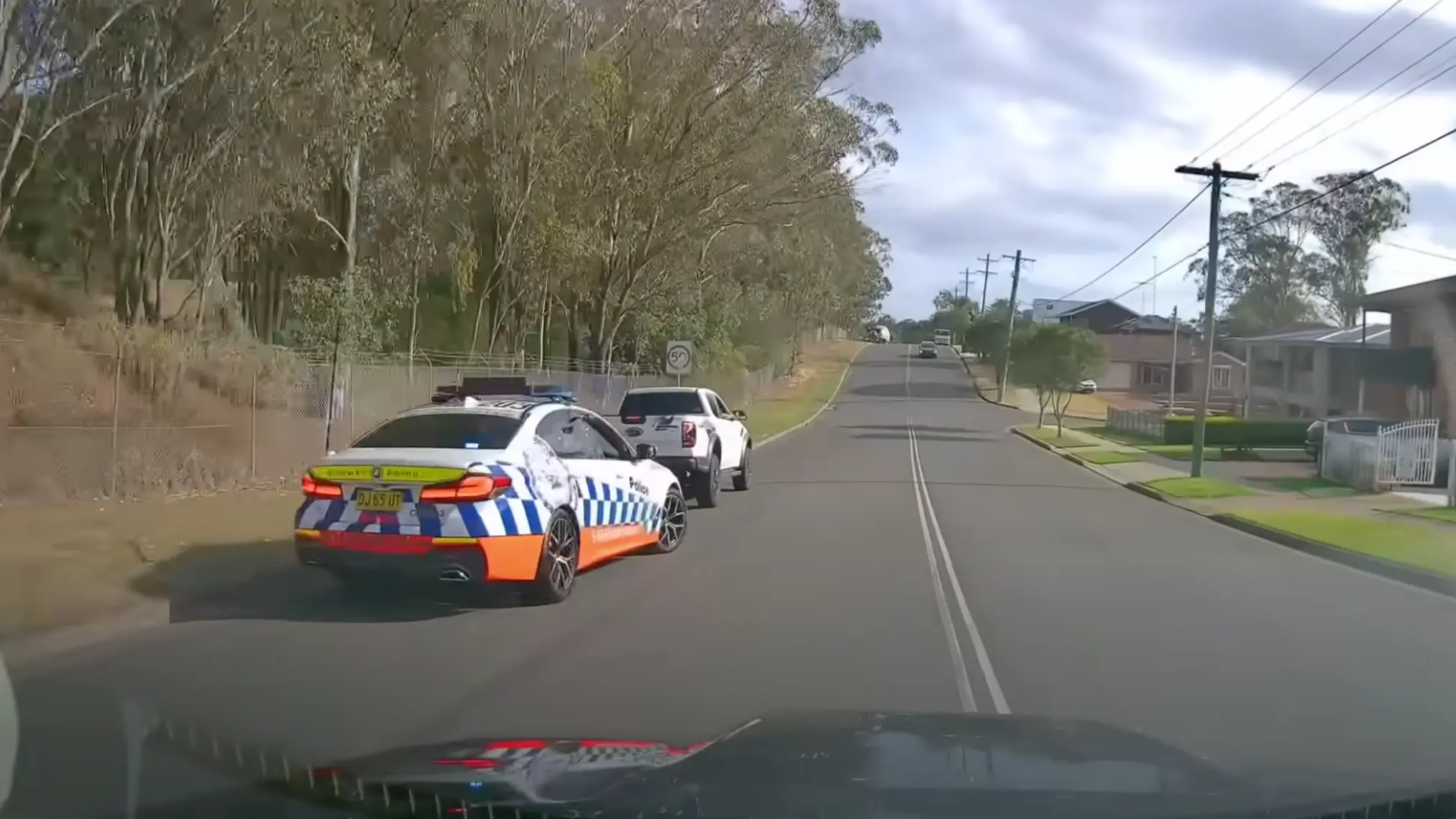
How Do Average Speed Cameras Work?
Unlike traditional speed cameras that capture a single snapshot of a vehicle’s speed at a specific point, average speed cameras calculate speed over a set distance.
Here’s how it works:
- A camera at the entry point captures a vehicle’s details and records the time.
- A second camera further along the highway does the same.
- The system calculates the time taken to travel between these two points and determines the average speed.
- If the calculated speed exceeds the legal limit, a fine and demerit points are issued.
What Are the Penalties for Speeding?
Drivers caught exceeding the speed limit will face significant fines and demerit points. The penalties include:
| Offence | Fine | Demerit Points | License Suspension |
|---|---|---|---|
| Exceed speed limit by 10km/h or less | $137 | 1 | No |
| Exceed speed limit by 10-20km/h | $316 | 3 | No |
| Exceed speed limit by 20-30km/h | $542 | 4 | No |
| Exceed speed limit by 30-45km/h | $1,036 | 5 | Minimum 3-month suspension |
| Exceed speed limit by 45km/h+ | $2,794 | 6 | Minimum 6-month suspension |
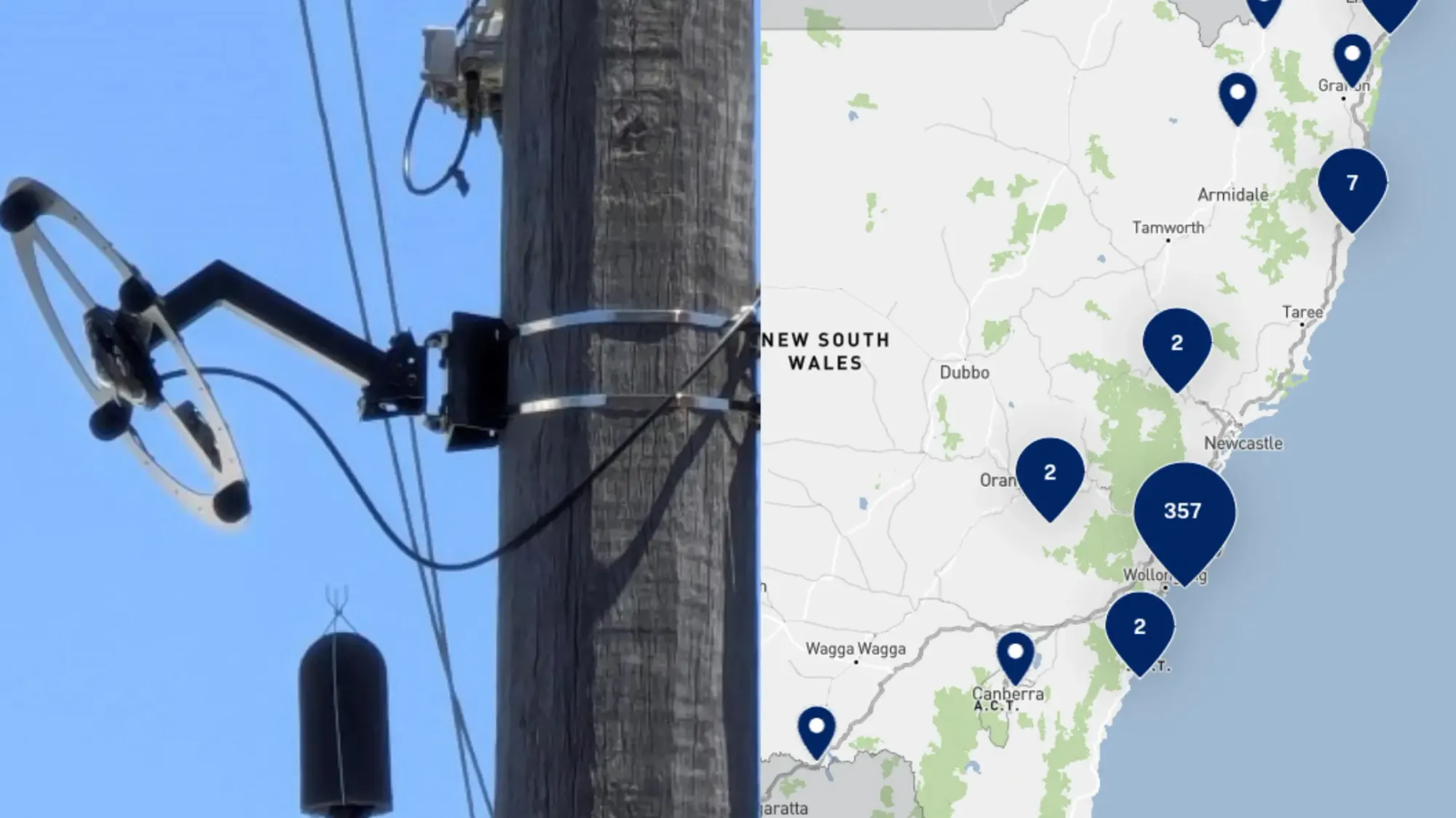
Implementation Timeline
- May 1 – June 30, 2025: Warning letters will be sent to drivers exceeding the speed limit, but no fines will be issued.
- July 1, 2025: Full enforcement begins, with fines and demerit points issued to violators.
- June 30, 2026: The trial concludes, and its impact will be reviewed before any permanent changes are made.
Government Justification and Public Awareness
Minister for Roads John Graham highlighted that speeding is the leading cause of road fatalities in NSW, accounting for 41% of all deaths over the past decade. The government has committed to a public awareness campaign, including road signage, print and radio advertising, and social media outreach, to ensure drivers are informed before enforcement begins.
Minister for Regional Transport and Roads Jenny Aitchison emphasized that regional NSW suffers disproportionately from road trauma, with two-thirds of all road deaths occurring outside urban centers. The trial aims to provide a solution tailored to these high-risk areas.
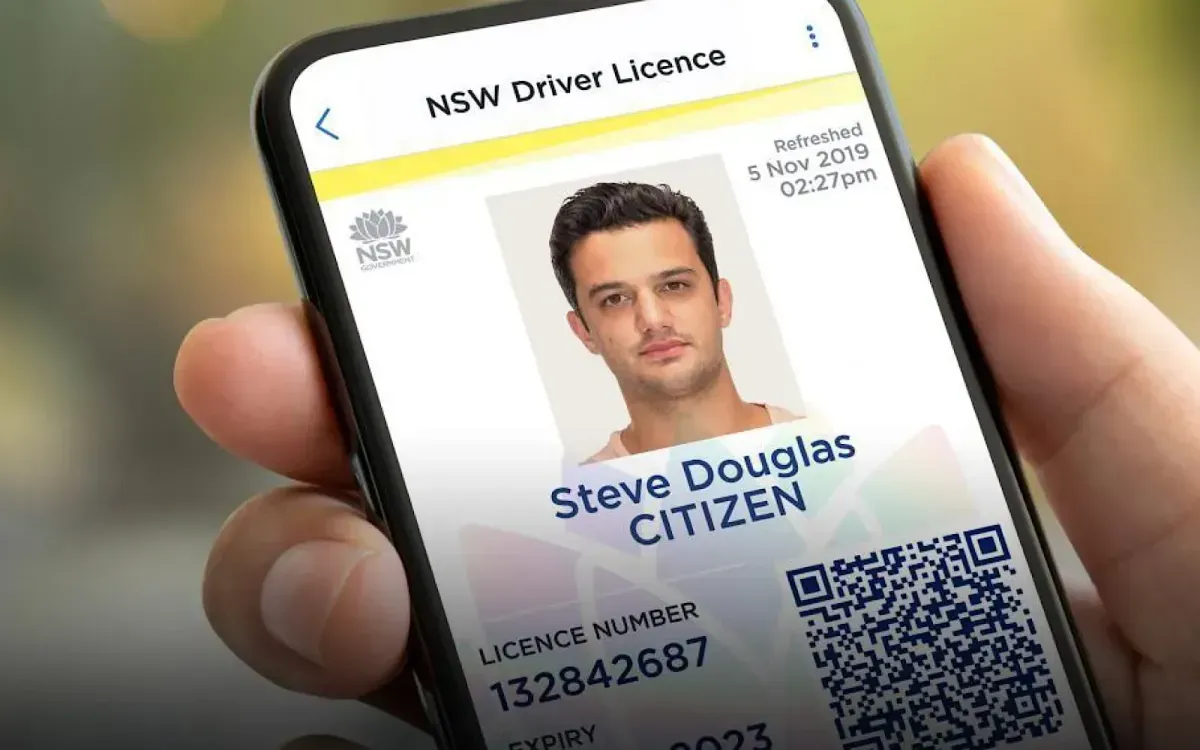
CarExplore's Thoughts
The NSW average speed camera trial marks a major shift in speed enforcement policies, aiming to curb reckless driving and improve road safety. While some motorists may view this as an inconvenience, authorities argue that these measures are necessary to reduce fatalities and injuries. With full enforcement set to begin in July 2025, drivers are urged to be mindful of their speed and adjust their driving habits accordingly.
The success of this trial could determine whether average speed cameras become a permanent enforcement tool for all vehicles in NSW. For now, motorists should stay informed and prepare for the upcoming changes to avoid fines and ensure safer roads for all.
